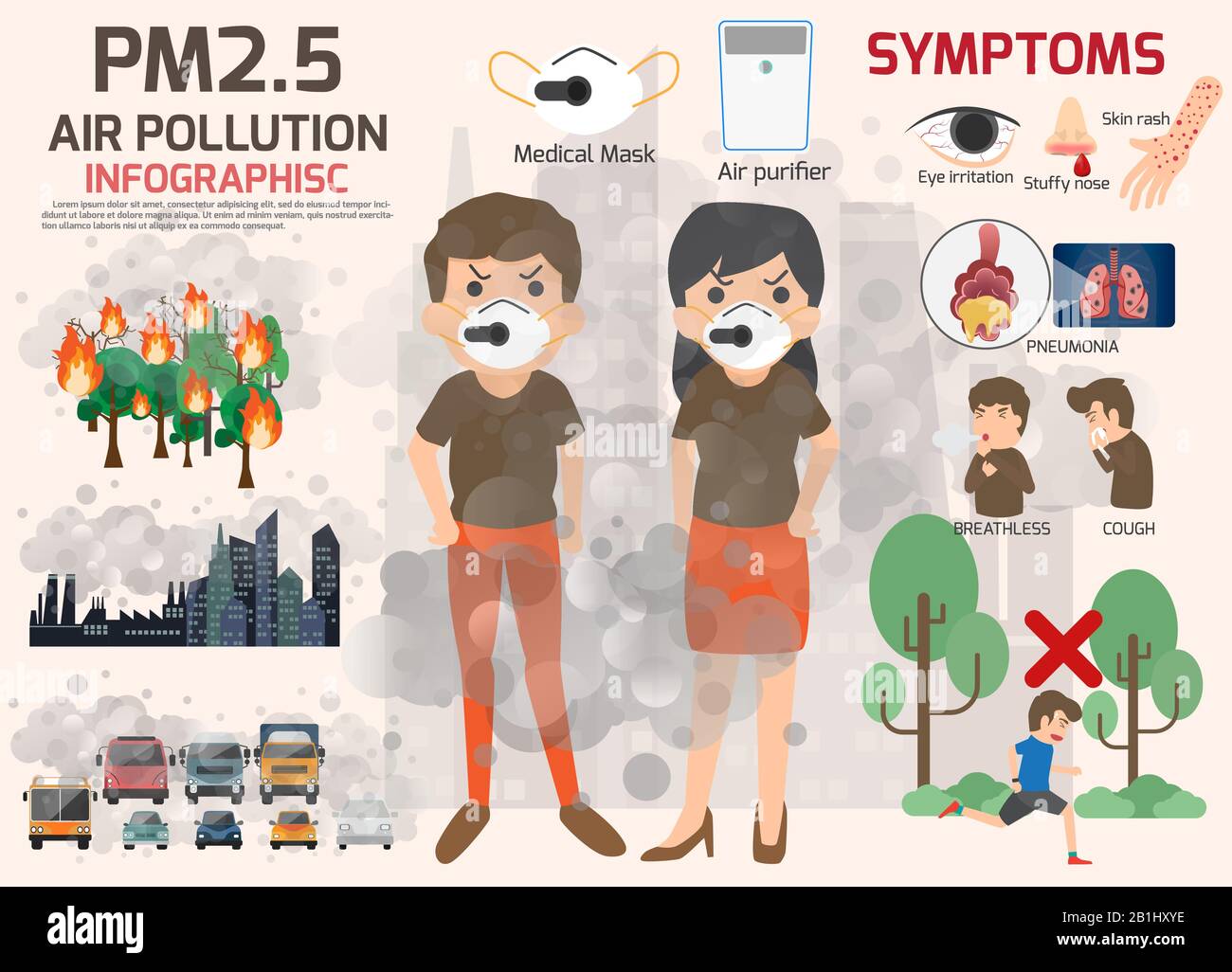The life insurance market in China has experienced a remarkable turnaround in 2024, marking a significant recovery from the combined net loss of CNY14.2bn in 2023. This year, 60 unlisted life insurers collectively reported a net profit of CNY24.7bn ($3.46bn), with some smaller players turning profitable for the first time. The recovery was driven by strong investment income, particularly from a short-term surge in equity markets and a recovery in the bond market, which helped ease pressure on interest and expense margins. On the liability side, the soaring demand for incrementally funded whole life insurance contributed to a substantial increase in premium income and net profit.
However, despite the positive financial results, the industry continues to face growing challenges. Low interest rates and market shifts are rendering past strategies less effective, increasing uncertainty. While the short-term prosperity has provided a boost, it has not altered the broader reality of deep structural changes and an ongoing transformation in the life insurance sector. The industry still grapples with risks from interest-rate spread losses and long-term pressures on liability-side growth.
One of the key challenges is the continued decline in interest rates on assumed rates. This decline disrupts pricing, investments, and financial models. Multiple factors, including slowing economic growth, demographic shifts, and weaker demand, suggest a long-term downtrend. Consequently, life insurers face the risk of increasing negative interest spreads, which threaten their profitability. Asset-liability mismatches and solvency risks also intensify. For instance, the decline in interest rates has led to lower investment yields, eroding profits, solvency, and liability strategies. This has reduced savings product returns, increased protection product costs, and lowered dividend payouts, weakening the competitiveness of life insurers.
Another significant challenge is the investment struggles and asset-liability mismatch pressure. While life insurers chalked up investment gains in 2024, profits declined sharply due to falling interest rates and market volatility. The market’s brief improvement did not benefit all insurers equally, and some failed to capitalize on the opportunities. Growing capital pressures led insurers to sell large blocks of equity assets, increasing market fluctuations and destabilizing returns. This has further eroded profits and solvency, making it difficult for insurers to maintain their financial health.
The workforce transformation in the life market is another critical issue. The number of agents has dropped to fewer than 6 million, down from the peak in 2019. The traditional agent-driven model is losing effectiveness, making it essential for insurers to adapt to evolving customer expectations. This shift requires a more customer-centric approach, focusing on tailored customer management and enhancing customer value rather than just premium volume or market share.
The changing product mix and growth bottleneck also pose significant challenges. Annuities, critical illness plans, and whole life insurance have led recent sales. Critical illness insurance now covers 200 million people and is believed to be nearing saturation. Whole life insurance has weakened due to falling assumed interest rates, making it less attractive to customers. This shift in product demand requires insurers to innovate and diversify their offerings to remain competitive.
Despite these challenges, there are opportunities for reform and growth. The State Council’s ‘National 10 Guidelines 3.0’, issued on 11 September 2024, provides a key policy blueprint for the next decade. This policy aims to establish a high-quality development framework for the insurance industry by 2029 and reshape the sector by 2035. It emphasizes the need for life insurers to adhere to regulations, adopt a macro view, and strategize for sustainability. The establishment of the National Financial Regulatory Administration in 2023 has further aligned life insurers with economic goals, requiring adaptation in product design, sales, asset-liability management, and oversight.
The customer-centric era is redefining life insurance’s ‘Golden Triangle’. The focus is now on enhancing customer value rather than just premium volume or market share. Insurers are shifting toward tailored customer management, using advanced technologies to improve customer insights and service delivery. This approach is essential for building long-term customer relationships and driving sustainable growth.
Innovating life insurance for the longevity era is another critical opportunity. China’s aging population is reshaping the life insurance market, driving demand for health and retirement protection. This trend also strains social security, creating room for insurers to step in with private insurance solutions. By offering comprehensive health and retirement products, insurers can address the growing needs of an aging population and capture new market opportunities.
Embracing technology for a smart, digital life insurance ecosystem is crucial for the industry’s future. Advancements in AI, cloud computing, big data, and large models are reshaping life insurance in areas like underwriting, policy management, and claims processing. Tools like ChatGPT (text AI), Sora (AI video), AGI (general AI), and GAI (generative AI) are driving efficiency and innovation. Insurers are also adopting AI and big data to improve customer insights, product design, training, analytics, and security. These technologies enhance service delivery and customer experience, making life insurance more accessible and convenient for customers.
In conclusion, while the life insurance market in China has experienced a strong recovery in 2024, the industry faces significant challenges that require strategic and innovative solutions. By adhering to regulations, adopting a customer-centric approach, and embracing technological advancements, life insurers can navigate the complexities of the market and position themselves for long-term success. The opportunities for reform and growth are abundant, and those who adapt and innovate will thrive in the evolving landscape of the life insurance sector.



